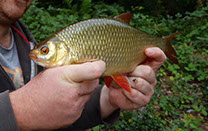
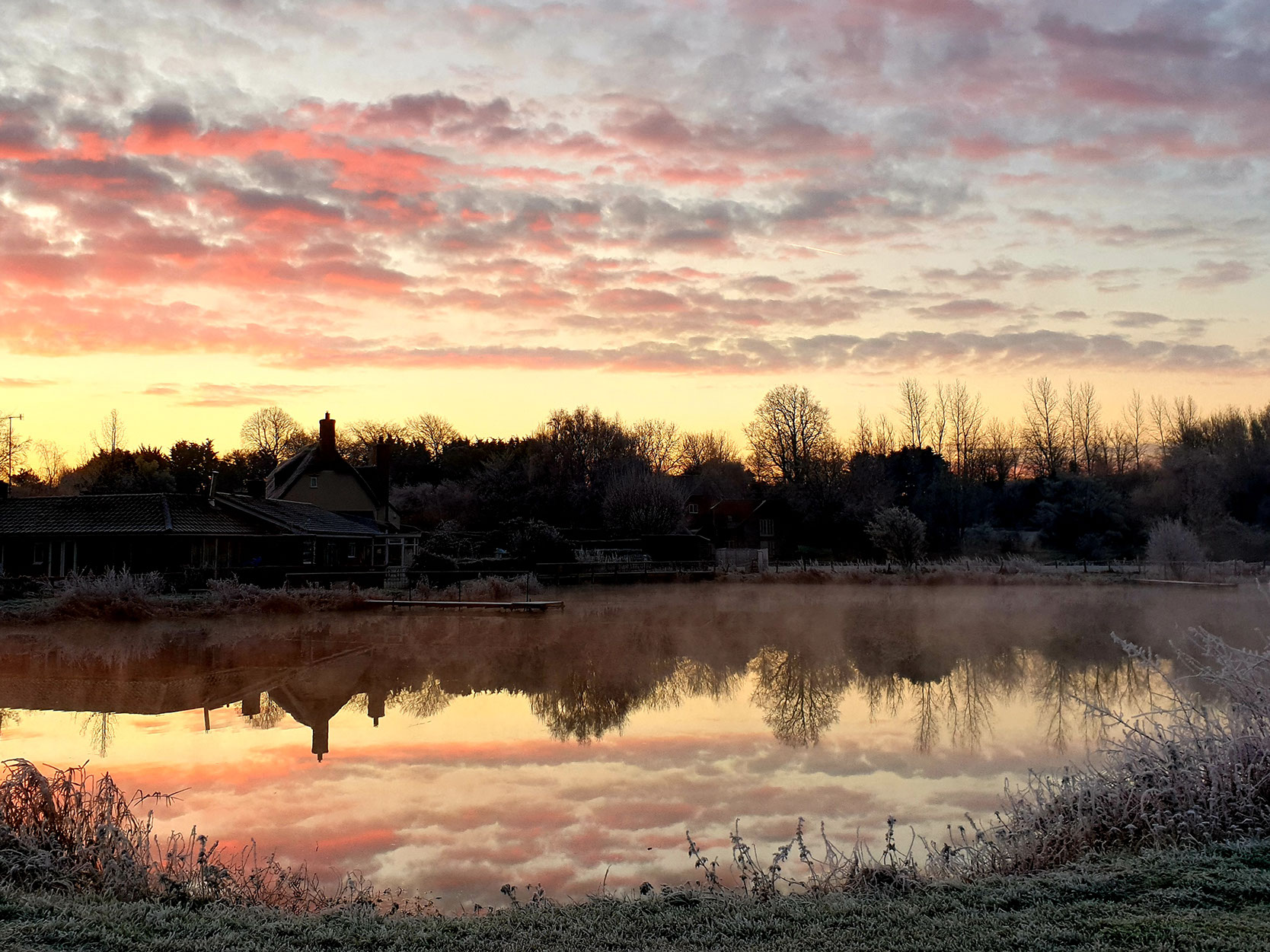
WDAC CURRENT NEWS AND INFO

Find out more
We're always updating our news feed to keep our membership up-to-date with Club news.
See this months news below as well as links to previous articles.

NEWS BY MONTH
SEPTEMBER 2019 NEWS
OCTOBER 2019 NEWS
DECEMBER 2019 NEWS
MARCH 2020 NEWS
JUNE 2020 NEWS
DECEMBER 2020 NEWS
JANUARY 2021 NEWS
FEBRUARY 2021 NEWS
APRIL 2021 NEWS
MAY 2021 NEWS
AUGUST 2021 NEWS
JANUARY 2022 NEWS
MARCH 2022 NEWS
APRIL 2022 NEWS
JULY 2022 NEWS
DECEMBER 2022 NEWS
FEBRUARY 2023 NEWS
MARCH 2023 NEWS AGM
MAY 2023 NEWS
DECEMBER 2023 NEWS
MARCH 2024 NEWS AGM
USEFUL LINKS
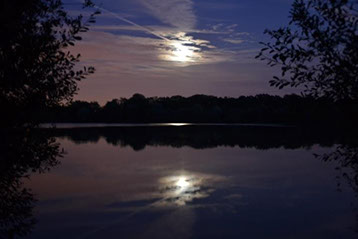
KEITH HENLEY
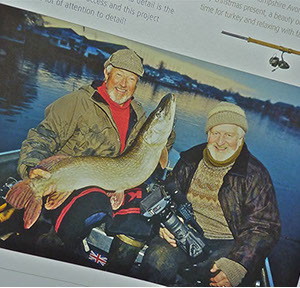
Visit Kieth's website here:
HUGH MILES
Visit Hugh's website here:
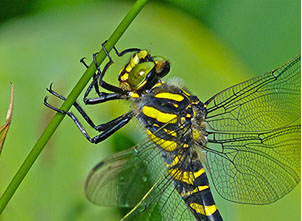
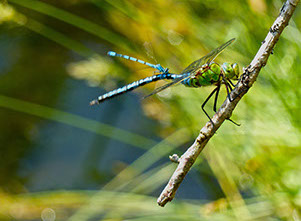
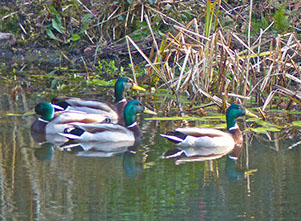
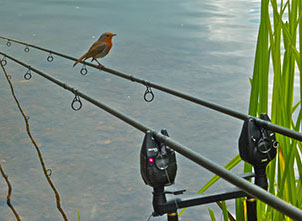
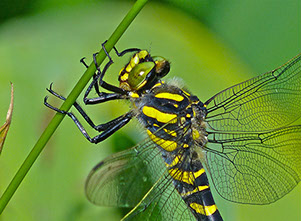
Wildlife images courtesy of Hugh Miles.
DECEMBER 2019
- 'The EA and Fry counting' by Club Chairman, Mike Hirsh
- 'The Last Twelve Months' by Club Chairman, Mike Hirsh
- 'Atavism and Fishermen' by Club Chairman, Mike Hirsh
- 'Club newseltter format' by Club Media Officer, James Nash
The EA and fry counting
By Mike Hirsh
On the 9th November 2019 I attended the annual joint meeting of Angling Clubs, The Angling Trust and the Environment Agency. The weather was much as it has been since September - I drove through standing water up the Salisbury Road to Fordingbridge and it was even worse going home.
The meeting had a wide ranging agenda, but I found the most interesting talk was that provided by Phillip Rudd of the EA, concerned with juvenile fish populations. The information was about young fish in both the Avon and the Stour.
The Environment Agency has historically carried out electro fishing surveys in the Stour and the Avon. The survey information, as one would hope, has influenced both capital projects and river management. However, electro fishing on the Stour has limitations, particularly when seeking a comprehensive approach to finding young and immature fish. The width, depth and flow in the main channel makes fishing a challenge and of course it is very difficult to use electro –fishing techniques in water which is not capable of being waded.
Over the past year the EA has been reviewing data collection strategy and also been considering it in the context of value for money. It was decided to carry out sampling in likely fry holding areas concentrating on juvenile salmonids and barbel, but including other species as well. This monitoring programme aims to provide a snapshot of the distribution and abundance of the main fish species along the main river. The intention is to carry out similar monitoring annually so data can be used to predict future adult stocks. It will also provide information on how juvenile abundance is influenced by weather, flows and other environmental constraints. Indeed Phillip Rudd advised the meeting, that in shallow riffles without cover there were very few fish and it reinforced the need to provide either natural or artificial places for fry to hide.
For that reason the surveys were concentrated on shallow sections of both Rivers, where some form of cover was also available such as, typically, vegetation of some sort and also woody debris.
The EA team used a consistent approach to the electro fishing. The same equipment was used and each site was fished for five minutes. This technique enabled a team of three persons to complete the survey for each site quickly and carry out the survey at 14 sites along the length of the River Stour from Throop up to Fiddleford Mill. The chosen backpack equipment is sensitive and provides a very safe way of capturing small fish (as well as not shocking the users – having used older style equipment before I remember that uncomfortable feeling when trying to net a fish to close to an electrode). I was slightly surprised to learn that no stop nets were used, so not all fish in an area were captured. Thus the surveys only provide a snapshot of the fish stock in a chosen location.
Over time it is likely that the data will show up such things as the effect of barriers to fish movement as well as key areas for spawning and fry habitat. However it is also appreciated that both water flow and river temperature are big influences on the survival of fry. Low flow, provided there is sufficient oxygen, and warmth create good conditions for fry survival. The young fish do not get swept out to sea and have plenty of food growing on in the warmth. 2019 was the third summer in a row of this character and as a result there appear to be three strong year classes in both Rivers. In some places on the Avon there were strong showings of small barbel, not so many on the Stour. On the Stour the results also showed, what I regard as surprising numbers of salmon parr and concentrations below the Canford Weir tend to reinforce the view that the structure remains a serious obstruction to migratory fish. The EA found as many young salmon as brown trout; it may be that we need to be more worried about the latter. Walking along the banks of the Stour this summer the number of fry were obvious but it is good to know that my simple observations can be put in context. The size of the fry population suggests that overall the fish population is in reasonably good heart. However, complacency is the wrong message; we need to provide good habitats to ensure the survival of young fish and be vigilant about threats to the water environment.
If the Stour and the Avon were obstruction free and unpolluted by farming run off with that associated silt, they would be truly wonderful rivers.
[The EA have published a paper of their findings on the Stour Juvenile Salmonoid Report 2019 which is available as a pdf and I am grateful for the information contained in that report which I have used to assist in the writing of the above].
In 2019 the Club has managed some great events. We had a trout fishing open day at Zelston, a Building Bridges day for eastern European fishermen and their families at Kingsbridge, and a Help for Heroes Day there too. We had two special children days, and a family day at Creekmoor. We helped raise monies for charities and held competitions both fishing and photographic! All of these events would not have been possible without the extraordinary support of key Committee Members and others in the Club who gave up large amounts of time and effort. Indeed, some people who were not Members put themselves out to assist because, in essence, they can see that fishing is a marvellous way of helping others. It is a privilege to be involved with these initiatives and those people who spread happiness and enjoyment through fishing.
Of course, whilst events involve targeted work, there are our bailiffs and those involved in working parties who go out week after week to keep the essential operational side of the Club working. A member Club, such as ours, has a lifeblood of such volunteers that is both essential and in some ways is the definition of it. I continually find that Members who volunteer for such work get as much out of keeping waters in good condition as going fishing. [If you would like to help and do not at the present time please contact anyone on the Committee].
We have ended the year with a new access at Kingsbridge off the main road and during the year, we have again come forward with initiatives to improve our fisheries. Of course it is in the nature of running a Club that we have set backs too. It was the year of Canadian pondweed at Rawlsbury (and plans are now in hand to try to deal with it in 2020). A succession of mild winters has also seen rapid growth of yellow pond water lily at Hatchpond. The Club now has consent from the EA to spray and we have agreement with BCP Council on the way forward once the weather starts to warm.
The fish kill due to an algal bloom at the top lake at Edmondsham was one of those incidents, where one is left with a sick feeling and self-recrimination. However, it really was just one of those things and fortunately there still are fish in the lake – so it has again been strung to stop the cormorants fishing it this winter. The water was back to its pristine condition very quickly and the flow through it has been increased to help avoid a recurrence.
Enjoy your Club.
Tight lines to all in 2020.
The last twelve months
By Mike Hirsh
My current bed-time reading is Hugh Falkus on Sea Trout Fishing. I admire Hugh Falkus’s writing and this is the definitive book on sea trout. I love sea trout because they are mysterious, truly wild and run our rivers in a way that shows ridiculous amounts of stamina and courage driven by that instinct to reproduce. It is only comparatively recently that science has confirmed that, genetically, sea trout are the same as brown trout. Indeed in many of our rivers it appears that it is the large, dominant, female sea trout that populate them with fry that become both brown and sea trout. Multi-winter returning sea trout are just are a truly scarce treasure; fancy putting your body through the extraordinary changes required to go from sea to fresh water and back again for a number of years.
Whilst I am more than happy to eulogise on the wonders of sea trout this is not what this short article is about. In one of his early chapters Hugh Fulkus reflects on what he considers is an atavistic tendency in fishermen, which is to sense when a fish is likely to take. Atavism is a trait which is seen to be a ‘throwback’ to a much earlier time – it is a sense or action that suddenly surfaces in someone that probably came from a remote ancestor. In the current context it is that sense when you just feel that a bite is likely, perhaps after hours of fishing. Of course Hugh Falkus did much of his fishing in the dark, fly casting into sea trout pools, often after midnight when there was no light to see by. He writes that there were occasions when he felt it was much more likely he was about to catch a fish, and equally at other times there was no such confidence.
I too have experienced occasions when I just knew I was about to catch a fish or, at least, hook one. I do not have to be fishing at night, although I have experienced this phenomena at night fishing rivers, lakes and indeed the sea. My night fishing has never been of the modern era of bite indicators and multiple rigs. I am of the school that is likely to hold the line between thumb and forefinger or watch a piece of crumpled silver foil folded over the line. It was the way I used to fish the Thames at night about forty-five years ago and I enjoy it. However, I do clearly remember times when I hovered over the rod waiting for a tell-tale pull which I just knew was going to turn into a decent chub or bream. More recently I have fly fished for many hours for trout and now and again have just known that a take was likely.
Sometimes the fish are not those which were being sought but it does not alter that feeling. Four years ago I was fishing the R Avon after grayling. I had seen a shoal on the edge of some shallows earlier in the day. I had to hide from the fish by keeping low and so I was casting ‘blind,’ kneeling and had been doing so with a hare’s ear nymph without success for about twenty minutes. I shifted position and at the same time felt buoyed by a new optimism. On the second cast everything locked solid and I initially wondered whether I had hooked a salmon, however the fish showed itself and turned out to be a chub in excess of five pounds which I banked, thanked and returned. However, I still have a strong memory that I just knew I was about to catch. It has happened to me since too with carp in the night.
I have talked to other fishermen about this concept. They fall, essentially into three camps. The first are those who simply write off the idea and may privately believe that I am either eccentric or dotty. The second group suggest that the feeling is borne of anglers picking up minute signals – changes in wind direction, temperature, cloud cover or air pressure in a way that a brain translates into a greater likelihood of fish catching. Last there are those, like me (and Hugh Falkus) who also sense when a fish is likely and just accept that it is part of our instincts coming into play. Something coming from our ancestry as hunter gatherers when all actions were more instinctive.
As I write this the Stour is out of its banks and dancing down the valley and its tributaries are full to over-flowing; some sea trout are completing their journeys and others are returning to the sea. For me our River in flood is a constant reminder of great fish travellers, great fishing writing and life’s unanswered questions about fishing and fish.
Atavism and fishermen
By Mike Hirsh
We would like to inform members that the Club's newsletter will now be published every other month for the opening period of 2020. Whilst we have endeavoured to maintain a monthly publication, this change will allow us to provide higher quality content at a subsequent reduced frequency.
If any members would like to contribute towards our outbound membership communications, please feel free to contact any member of the committee who will be happy to assist.
If you would like to have your captures published on the website or on our FB feed, please contact James via:
website@wimborneanddistrictanglingclub.co.uk
Club newsletter format
By James Nash
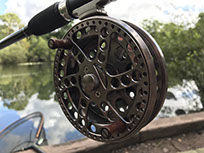
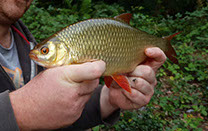
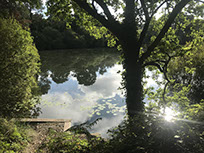
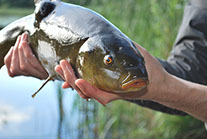
SITE MENU

HOME
VENUES
MEMBERSHIP
CURRENT NEWS
GAME SECTION
MATCH NEWS
FISHCARE SECTION
PHOTOGRAPHY COMP
STICKY BAITS COMP
COMORANT WATCH
GALLERY
CONTACT
JUNIORS PAGE
FIND US ON FACEBOOK

CONTACT WDAC

x
WDAC CHILD PROTECTION
POLICY STATEMENT
ANGLING TRUST - SAFEGUARDING CHILDREN AND YOUNG PEOPLE IN ANGLING


FIND US ON FACEBOOK
SUBSCRIBE TO OUR NEWSLETTER


CONTACT WDAC
COPYRIGHT WDAC 2019
TERMS AND CONDITIONS
DESIGNED BY J NASH
